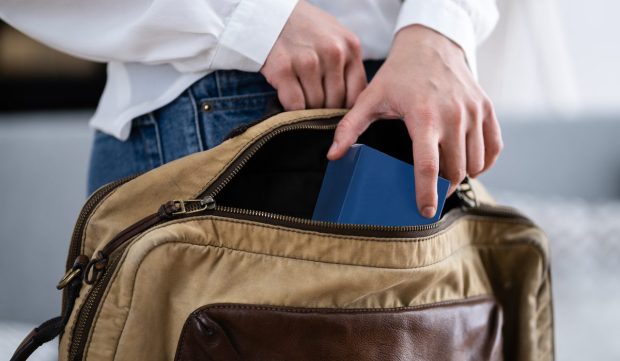LA Retailers Putting Products Behind Glass as Shoplifting Rises 2%

Retailers in Los Angeles are increasingly keeping products locked up in response to shoplifting.
Stores in the city have seen a 2% increase in theft and robberies so far this year compared to the monthly average of the pre-pandemic years of 2016-2019, local news source KABC reported Monday (March 13).
Over-the-counter medications, cosmetics, laundry detergent and underwear are among the items retailers arecommonly keeping in glass display cases, according to the report.
Customers must press a button to summon an employee, wait for staff to unlock the case and then, in some cases, walk with the employee to the register to pay, the report said.
Consumers interviewed by KABC complained about the inconvenience of this process and the time it takes to wait for this to happen.
The rise in shoplifting has been driven by organized crime, as the perpetrators are stealing items in large quantitiesand then selling them, according to the report.
This news comes about a week after New York City Mayor Eric Adams told two local news sources in his city that retailers should deter shoplifting by requiring customers to remove face masks as they enter the store.
Adams said criminals have been avoiding having their faces photographed by stores’ cameras by wearing masks.
“Let’s be clear, some of these characters going into stores that are wearing their mask, they’re not doing it because they’re afraid of the pandemic, they’re doing it because they’re afraid of the police,” Adams told PIX11 Morning News, according to a transcript posted on the mayor’s office website.
Los Angeles and New York were among the five cities most impacted by organized retail theft in 2021, along with San Francisco/Oakland, Houston and Miami, the National Retail Federation (NRF) reported in September 2022.
Nationwide, the average retail shrink in 2021 was 1.44% — comparable to the five-year average of 1.5% — but organized retail crime leapt 26.5%, according to the NRF.
In response to these trends, retailers are balancing the need to deploy theft deterrents with the need to maintain an inviting shopping environment for consumers.
As they put more items behind glass, install surveillance systems, use steel cables to lock products to shelves and display empty boxes that consumers can carry to a cashier to get the item, retailers are also hearing complaints about these measures from both shoppers and the manufacturers of the products.
For all PYMNTS retail coverage, subscribe to the daily Retail Newsletter.

